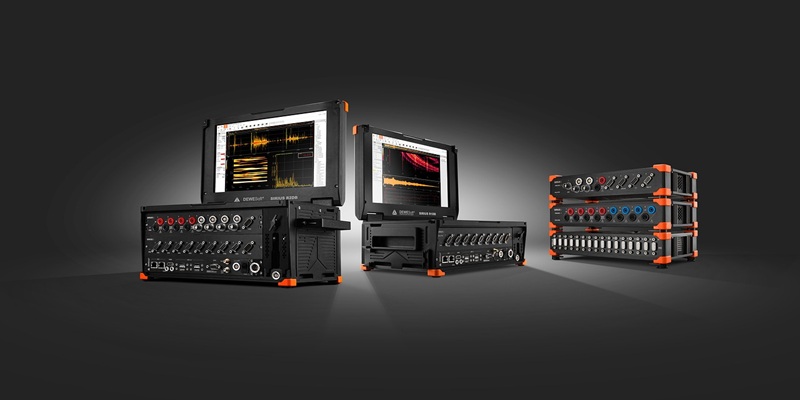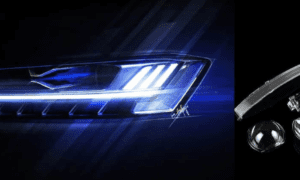The automotive industry is undergoing a massive transformation, thanks to advancements in financial technology (fintech) and artificial intelligence. One of the most groundbreaking developments is the integration of fintech into pre-collision technology. This fusion is not only enhancing vehicle safety but also reshaping how drivers, insurers, and manufacturers interact with collision prevention systems.
The Intersection of Fintech and Automotive Safety
Fintech is no longer confined to banking and digital payments. Its applications have expanded into various industries, including automotive safety. By leveraging real-time data analytics, machine learning, and blockchain, fintech is making pre-collision systems more intelligent and responsive.
For instance, telematics—a fintech-driven technology—collects data on driving behavior, vehicle performance, and road conditions. This data is then analyzed to predict potential collisions and trigger preventive measures. Additionally, fintech enables seamless communication between vehicles, insurers, and traffic management systems, creating a more interconnected safety ecosystem.
Key Fintech Innovations in Pre-Collision Systems
AI-Powered Predictive Analytics
Artificial intelligence (AI) is at the heart of modern pre-collision systems. Fintech companies are using AI to analyze vast amounts of driving data, identifying patterns that could lead to accidents.
For example, machine learning algorithms can predict a driver’s likelihood of braking late or swerving unexpectedly. When integrated with collision avoidance systems, these insights allow vehicles to take preemptive actions, such as automatic braking or steering adjustments.
Blockchain for Secure Data Sharing
Blockchain technology is enhancing the transparency and security of pre-collision systems. By storing driving data on a decentralized ledger, fintech ensures that information is tamper-proof and easily accessible to authorized parties.
This is particularly useful for insurance companies, which rely on accurate data to assess risk and process claims. With blockchain, insurers can verify accident reports in real-time, reducing fraud and speeding up claim settlements.
Usage-Based Insurance (UBI) Models
Fintech has introduced usage-based insurance (UBI), where premiums are calculated based on actual driving behavior. Telematics devices track factors like speed, braking habits, and mileage, allowing insurers to offer personalized rates.
UBI encourages safer driving, as motorists are incentivized to avoid risky behaviors that could lead to collisions. Moreover, real-time feedback from UBI systems helps drivers improve their habits, further reducing accident risks.
Smart Contracts for Automated Claims
In the event of a collision, smart contracts—self-executing agreements powered by blockchain—can automate insurance claims. Sensors in the vehicle instantly detect an accident, triggering a claim process without human intervention.
This not only speeds up payouts but also minimizes disputes between drivers and insurers. As a result, the entire post-collision experience becomes more efficient and stress-free.
The Role of Fintech in Vehicle-to-Everything (V2X) Communication
Vehicle-to-Everything (V2X) communication is a critical component of pre-collision technology. It allows cars to “talk” to other vehicles, infrastructure, and even pedestrians. Fintech plays a crucial role in facilitating these interactions by ensuring secure and instant data exchanges.
For instance, a car approaching an intersection can receive real-time updates from traffic lights, warning of potential hazards. Similarly, V2X systems can alert drivers about sudden braking from vehicles ahead, giving them more time to react.
Fintech enhances V2X by enabling microtransactions between connected devices. For example, a vehicle could pay a small fee to access premium traffic data, further optimizing collision avoidance strategies.
The Prospects of Fintech in Pre-Collision Technology
The fusion of fintech and pre-collision systems is still in its early stages, but the potential is enormous. Here are some future trends to watch:
Autonomous Vehicles with Integrated Payment Systems
As self-driving cars become mainstream, fintech will enable seamless in-car payments for tolls, parking, and even emergency services. These systems will work alongside collision avoidance technologies, ensuring both safety and convenience.
Enhanced Fraud Detection for Insurance
Advanced AI algorithms will detect fraudulent accident claims with greater accuracy. By analyzing driving patterns and collision data, insurers can identify inconsistencies and prevent scams.
Personalized Safety Recommendations
Fintech-powered apps will provide drivers with customized safety tips based on their driving history. These recommendations could include optimal routes, speed adjustments, and rest reminders to prevent fatigue-related accidents.
Decentralized Accident Reporting
Blockchain-based platforms will allow drivers, witnesses, and authorities to submit accident reports in a transparent manner. This will streamline investigations and ensure fair settlements.
Conclusion
Fintech is revolutionizing pre-collision technology by making vehicles smarter, insurers more efficient, and roads safer. From AI-driven predictive analytics to blockchain-secured data sharing, these innovations are setting the stage for a future where accidents are drastically reduced.
Furthermore, the collaboration between fintech and automotive safety will only grow stronger. The result? A world where collisions are not just mitigated but prevented before they even happen. By embracing these advancements, drivers, manufacturers, and insurers can all contribute to a safer, more connected transportation ecosystem. The road ahead is clear—fintech is driving the future of pre-collision technology, and the journey has only just begun.

































